Table of content
Passion fruit, with its vibrant colors and tropical sweetness, is a beloved addition to smoothies, desserts, and beverages. However, choosing the right fruit can be tricky, as its appearance often hides clues about its ripeness and flavor. This guide delves into the art of selecting passion fruit, ensuring you bring home the freshest, juiciest, and most flavorful specimens every time.
Understanding Passion Fruit Varieties
Before diving into selection tips, it’s essential to recognize the two primary passion fruit varieties: purple (Passiflora edulis) and yellow (Passiflora edulis flavicarpa). Both share a similar tangy-sweet flavor but differ in appearance and growing regions.
- Purple Passion Fruit: Smaller, with a dark purple or maroon skin when ripe. Often sweeter and more aromatic.
- Yellow Passion Fruit: Larger, with a bright yellow or golden skin. Slightly tart but equally versatile.
Knowing the variety helps set expectations for taste and texture, but the selection criteria remain largely the same.
Assessing External Appearance
The first step in selecting passion fruit is a thorough visual inspection. Avoid fruits with visible blemishes, cracks, or mold, as these indicate mishandling or spoilage.
Color
Ripeness is closely tied to color:
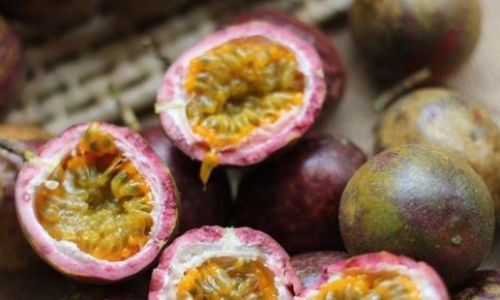
- Purple Varieties: Look for a deep, even purple hue. Avoid greenish tints, which signal underripeness. Overripe fruits may develop dull, wrinkled skin.
- Yellow Varieties: Opt for golden or lemon-yellow shades. Avoid pale yellow or greenish fruits, as they lack sweetness.
Skin Texture
The skin’s texture is a critical indicator of ripeness:
- Wrinkles Are Good: Contrary to popular belief, slight wrinkling or dimpling is a positive sign. Ripe passion fruit develops these as it dehydrates slightly, concentrating its sugars.
- Avoid Smooth Skin: Overly smooth, shiny skin often indicates an underripe fruit. While it may look appealing, it will lack sweetness and juice.
Shape and Size
While shape varies (round to oval), consistency matters. Avoid misshapen or unusually small fruits, as they may be underdeveloped. Size doesn’t directly correlate with flavor, but larger fruits often yield more pulp.
Checking for Ripeness Through Touch and Weight
A hands-on approach confirms what your eyes suspect.
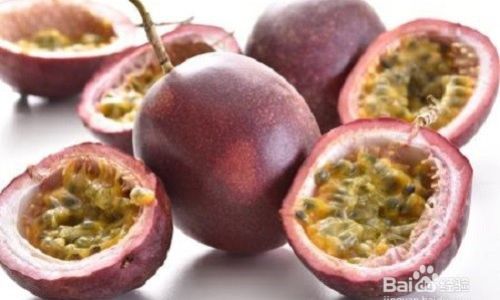
Texture
Gently press the skin:
- Ripe: Gives slightly under pressure but doesn’t feel mushy. The skin should feel taut yet yielding.
- Underripe: Rock-hard and unyielding.
- Overripe: Soft, sunken, or leaking juice.
Weight
Heft matters. A ripe passion fruit should feel heavy for its size, indicating juiciness. Compare two fruits of similar size—the heavier one is likely riper.
The Importance of Aroma
A passion fruit’s scent reveals its flavor potential. Sniff the blossom end (opposite the stem):
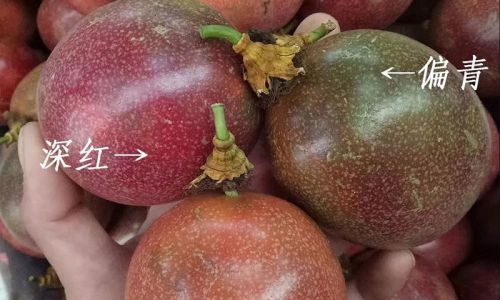
- Ripe: Emits a sweet, floral, and tropical aroma. The stronger the scent, the riper the fruit.
- Underripe: Barely fragrant or smells grassy.
- Overripe: May emit a fermented or sour odor.
Seasonal Considerations
Passion fruit thrives in tropical and subtropical climates, with peak seasons varying by region. In the Northern Hemisphere, expect fresh arrivals from late summer through early winter. Out-of-season fruits may be imported, less flavorful, or overpriced.
Where to Buy Passion Fruit
The source impacts quality:
- Farmers’ Markets: Often fresher and locally grown, with vendors able to advise on ripeness.
- Supermarkets: Convenient but may stock underripe fruits for longer shelf life. Inspect cartons carefully.
- Specialty Stores: Asian or Latin American markets may carry exotic varieties.
Storage Tips to Maintain Freshness
Proper storage extends shelf life:
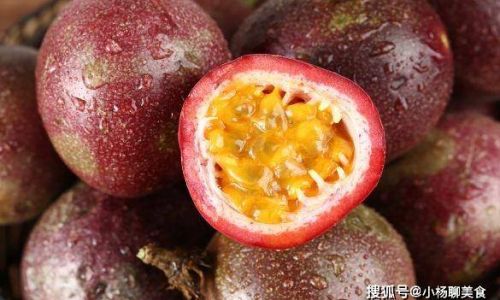
- Unripe Fruits: Keep at room temperature (65–70°F/18–21°C) away from direct sunlight. Check daily for ripeness.
- Ripe Fruits: Refrigerate in a breathable bag for up to a week.
- Freezing: Scoop pulp into ice cube trays and freeze for long-term use.
Common Mistakes to Avoid
- Prioritizing Color Over Texture: A purple fruit with wrinkles trumps a smooth, unripe one.
- Ignoring Aroma: A lack of fragrance often means blandness.
- Storing Incorrectly: Refrigerating unripe fruits halts ripening.
- Overbuying: Ripe passion fruit has a short window—purchase only what you’ll use within a few days.
Creative Uses for Passion Fruit
Beyond juicing, passion fruit elevates dishes:
- Desserts: Swirl pulp into cheesecakes, pavlovas, or yogurt.
- Beverages: Mix into lemonades, cocktails, or iced tea.
- Savory Dishes: Add a tangy kick to marinades or dressings.
Conclusion
Selecting passion fruit is an art that balances science and intuition. By prioritizing wrinkled skin, heavy weight, and a fragrant aroma, you’ll unlock the fruit’s full potential. Whether you’re a home cook, a health enthusiast, or a tropical fruit lover, these tips ensure your passion fruit experiences are consistently delicious. Remember, patience pays off—wait for the perfect ripeness, and your taste buds will thank you.
Word Count: 1,120
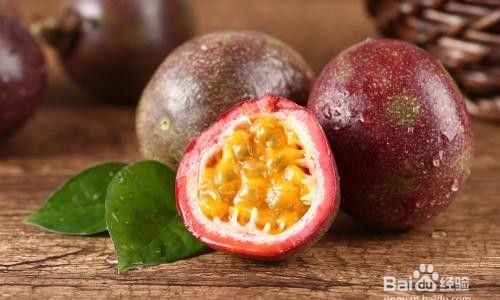
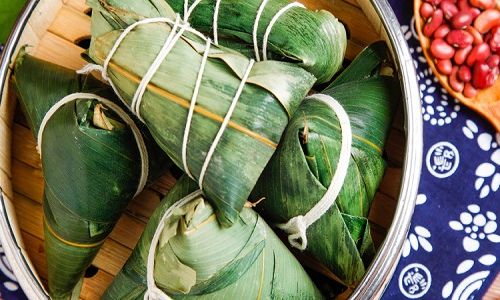
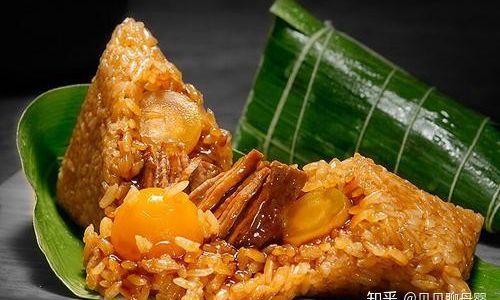
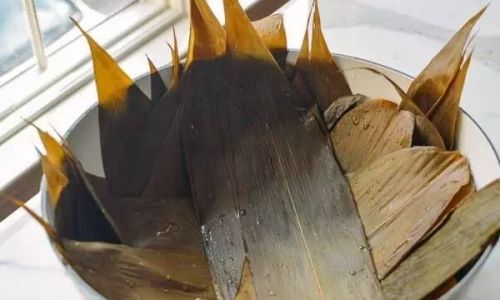
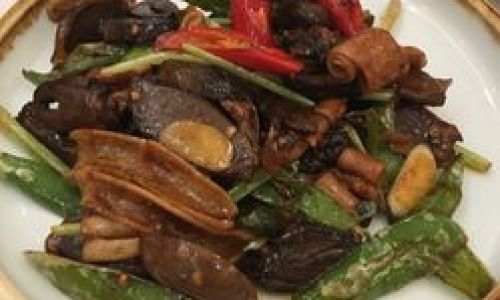
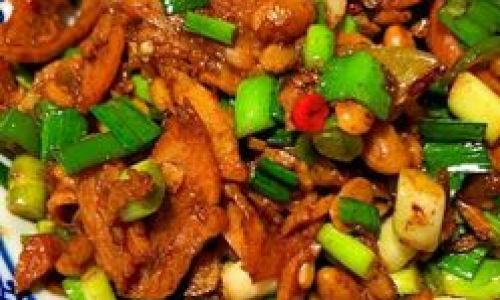
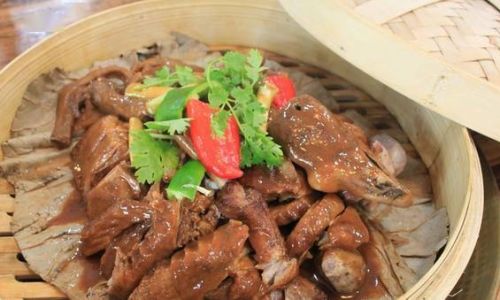
0 comments